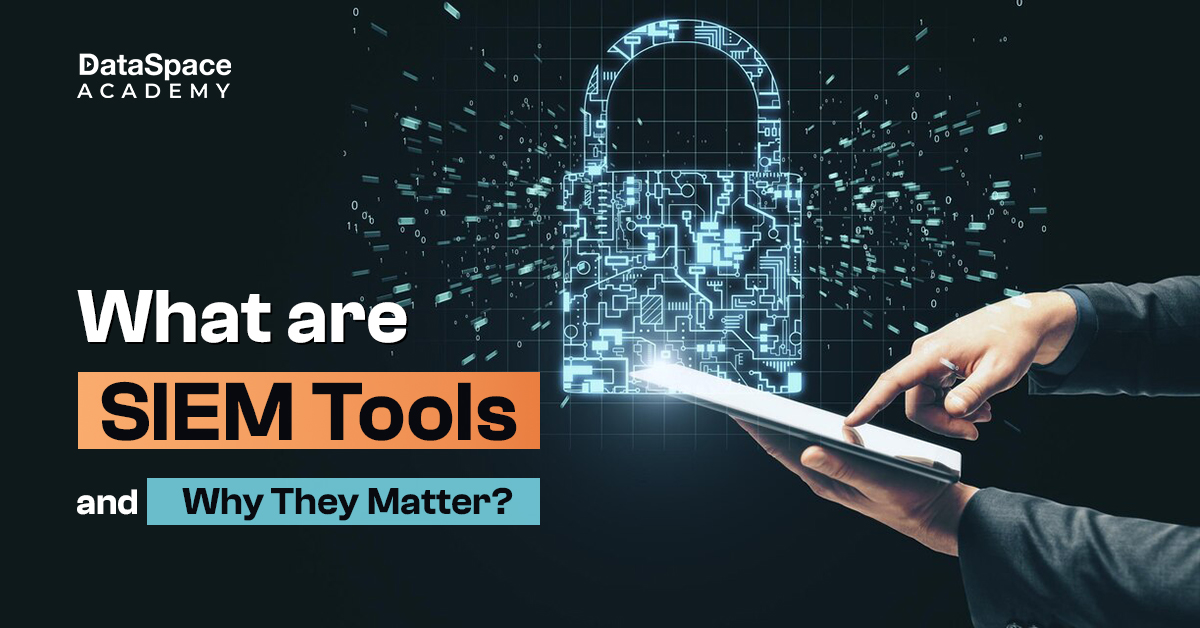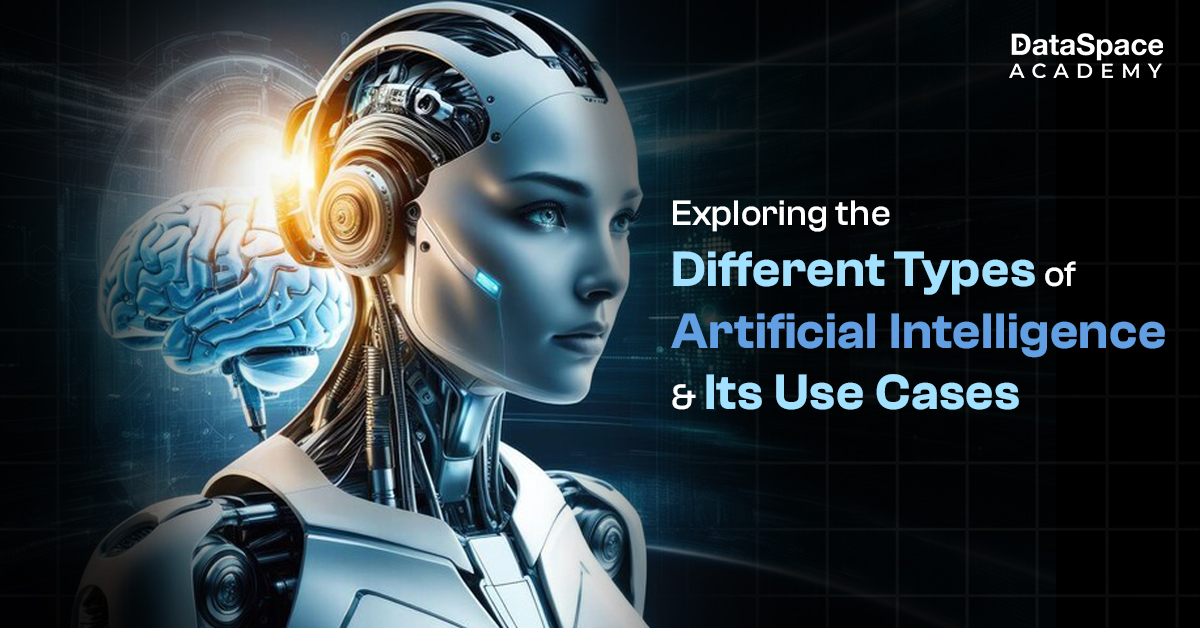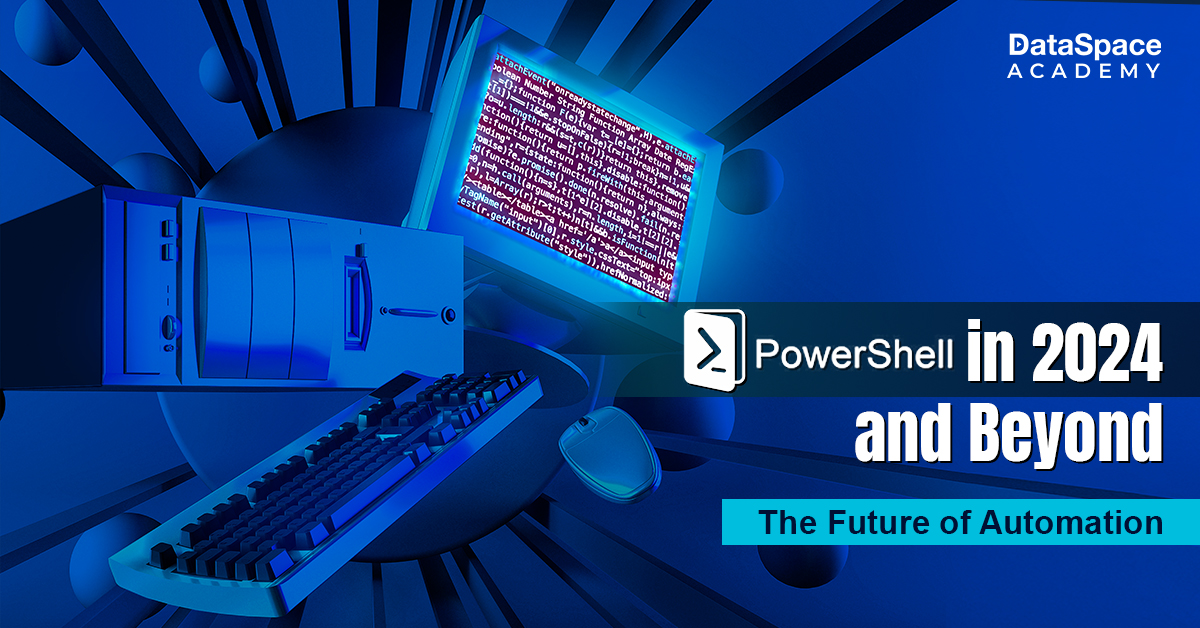Know how Biometrics and cybersecurity is related
Last Updated : 08 Feb, 2022
 82.92K
82.92K

Know how Biometrics and cybersecurity is related
Table of Contents
Biometric devices are used to “authenticate and verify” an individual using the individual’s unique, measurable, and biological trait. Biometric is a rapidly expanding company. We see biometrics utilised in a variety of situations in our daily lives, including employee access to offices, student attendance at colleges and schools, and the security of a home or device lock. Biometric authentication and verification systems are available in a variety of configurations today, including fingerprint biometrics, physiological biometrics, DNA matching, iris recognition, voice – speaker identification, and so on.
What is Biometrics and How Does It Work?
The essential concepts of all biometric systems are listed below. Enrollment, biometric data, presentation, template, feature extraction, and matching are some of the basic words related to the biometric system that we must understand. The following are the guidelines:
Biometric Information
Unprocessed picture data, also known as raw biometric sample or biometric data, is the data displayed by the user at the time of enrollment. This raw data cannot be processed for authentication or biometric matching, but it can be transformed into a template using the extraction method.
Presentation
The process by which a user provides his or her biometric data to the devices or hardware used to collect data is known as presentation. Placing a finger on a scanner of a finger reader device, for example.
Template
A template is a mathematical representation of raw biometric data that is created after numerous feature extraction methods have been applied. The template size might range from a few bytes for hand geometry to thousands of bytes for facial recognition devices. A collected template is generated at the time of registration, whereas a live template is generated during authentication.
Extraction of Features
Feature extraction is the process of identifying and encoding distinctive features from biometric data in order to build a template. When a template is created, feature extraction must take place during registration and confirmation.
Matching
Matching is a mechanism in which the saved template is coupled with the live template during verification and a score is obtained; based on this record, we may determine whether or not a user is verified human.
Fingerprint scanners have a number of issues.
For the safety of the premises, biometric measures were implemented. Technology advancements have made these systems more secure and dependable. A human mind, on the other hand, is unrivalled by any technology. There are far too many hazards associated with biometric systems, such as spoofing, imposter attacks, and so forth. These dangers pose a threat to cyber-security. The following are the few issues:
Attacks on the presentation
Presentation assaults are one of the most serious issues with fingerprint scanners and fingerprint security. False fingerprints can be created using a low-cost chemical and imitated in lieu of the actual thing. Fake fingerprint detection is used in fingerprint biometric systems to address this issue.
Attacks by an imposter
Imposter attacks can put a system or facility that relies on biometric systems for rational or physical entrance at risk. Imposter attacks try to take advantage of a biometric system’s flaws. An imposter has a slim possibility of being recognised by biometric sensors as a real person. These probabilities are expressed using the FAR biometric performance matrices (False Acceptance Rate). Although biometric systems have as low a FAR as possible, the danger of an imposter gaining access is always present.
Attacks on the spoof
Biometrics is gaining acceptability in high-value transactions such as banking and financial institutions. The widespread use of biometrics has attracted criminals, who are continually looking for opportunities and flaws to break into a system and steal money. It is more vulnerable to spoofing, especially on older or less secure biometric systems.
Biometrics and Cybersecurity
Another aspect of biometric identification that causes concern is the preservation of biometric data. As the amount of data saved grows, security-related incidents emerge, resulting in the data of millions of people being compromised each year. Financial data, personal details, and passwords are all exposed as a result of attacks on this stored information.
Attempts to get around data security incidents nowadays appear like they’re attempting to do the impossible. Regardless of whether or whether data security initiatives are successful, they must be used. Cyber-criminals may target information systems that contain a large amount of biometric data from students, employees, or residents.
Theft of biometric information can be disastrous. Biometric identifiers, unlike passwords, cannot be changed if they are compromised. People’s biometric identities can be permanently lost if a criminal can establish a pattern out of biometric templates, which is a cybersecurity hazard.
Share on facebook
Facebook
Share on twitter
Twitter
Share on linkedin
LinkedIn
 82.92K
82.92K



































































































